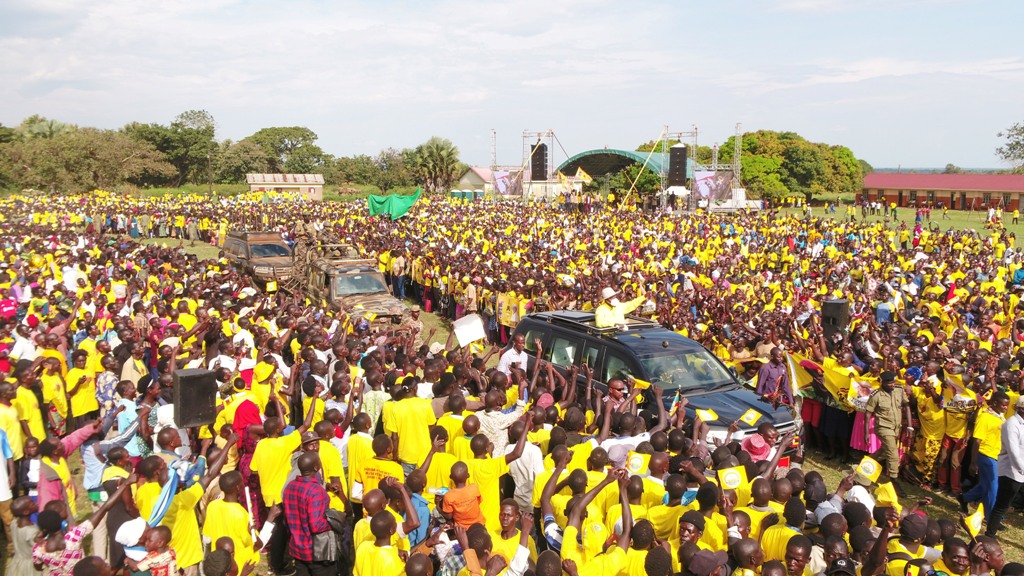Invest in renewable energy to address energy poverty
The power supply system remains inadequate and inefficient due to stunted growth in generation capacity, poor transmission and distribution infrastructure and poor commercial utility practices.

By Olive Atuhaire
According to African Development Bank, it is noted that 645 million people have no access to electricity and 700 million people have no access to clean cooking energy in Africa.
Many people use biomass for cooking and 600,000 people die from the resultant indoor pollution. Uganda is one of the countries with the highest percentage of people affected by energy poverty.
Lack of access means energy usage is insignificant compared with the more developed world.
Results show that, 66% of Ugandans are multidimensionality energy poor, 33% are severely energy poor and the average deprivation score is 51%.
The multidimensional energy poverty index for Uganda (MEPI-U) is estimated at 0.33. Implying that, the proportion of the population that is multidimensional energy poor is deprived in five or more indicators at the same time
The power supply system remains inadequate and inefficient due to stunted growth in generation capacity, poor transmission and distribution infrastructure and poor commercial utility practices.
The sector badly needs large scale investment and prudent utility practices. Uganda currently has one of the lowest per capita electricity consumption in the world with 215 kWh per capita per year (Sub-Saharan Africa’s average: 552 kWh per capita, World over
The low investments in off-grids energy such as solar have become cost effective in our country where most people especially in rural areas are using relatively expensive, inefficient diesel generators and kerosene lamps for lighting.
According to Ministry of Energy and Mineral Development, less than 20.6% of the rural and 55% of the urban population have electricity services (MEMD, 2015).
It is noted that 94% of Ugandans depend on unsustainably traditional biomass which consists of fuel wood, charcoal, tree leaves, animal dung and agricultural residues burnt for residential use which is unclean and have a negative health, gender and environmental consequences.
The fact that majority cook from indoors with no chimneys and any ventilation, this exposes them to biomass smoke leading to chronic obstructive pulmonary health disease which affects more women and children (Frederik van Gemert et al, 2013).
It is noted that about 3.5 million people, mainly women and children, die each year from respiratory illness due to harmful indoor air pollution from wood and biomass cook stoves. That’s more than double the annual deaths attributed either to malaria (1.2 million) or to HIV/AIDS (1.5 million).
In the past, international health and energy authorities looked to kerosene as a cleaner alternative but the World Bank report pointed out that recent scientific study confirms that kerosene can emit troubling amounts of health-damaging
Therefore, it is important for the government to address energy poverty by considering reducing on power tariffs and strategize investing in renewable energy sources like solar and wind which is clean, reliable, affordable, accessible, sustainable and cheaper for all people to use especially the poor and the vulnerable.
This should be done through Offering financial incentives, tax credits and subsidies to individuals, businesses, and utilities that invest in renewable energy projects in order to make renewable energy systems more affordable, attractive to reduce on high dependence on dirty fuel that brings some health problems to people.
Olive Atuhaire, Research Associate
Atuhaireolivia72.ao@gmail.com







